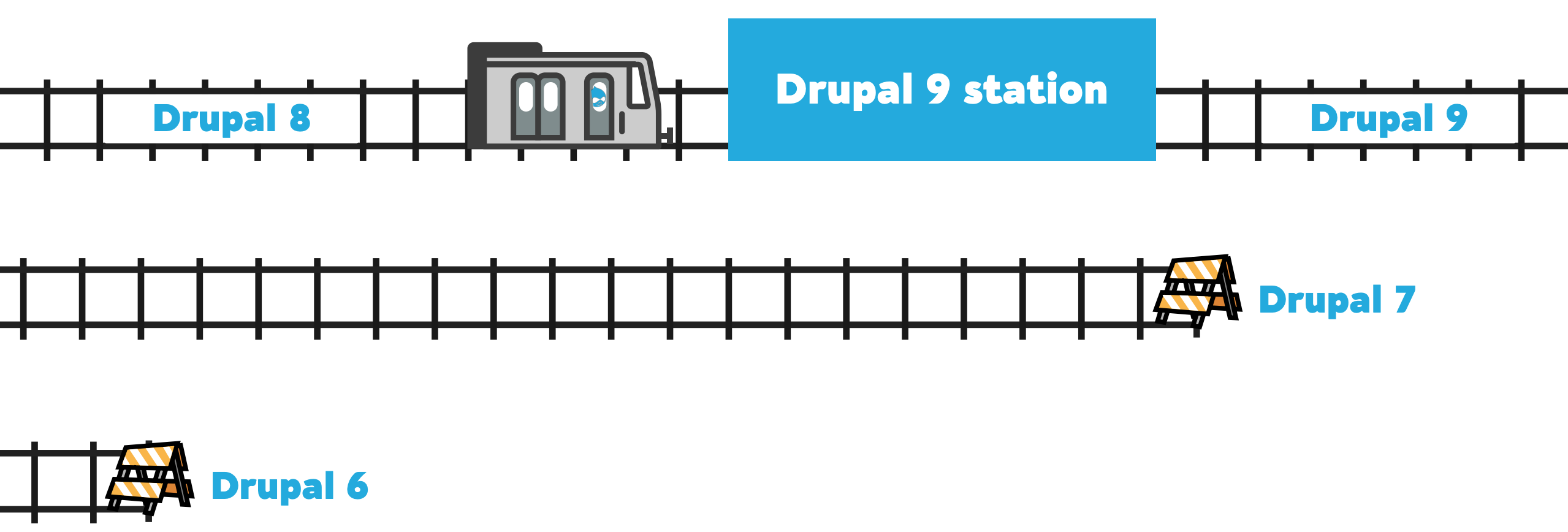

#Drush drupal 9 code
To avoid code duplication, make sure your module defines a service which holds all the business logic that can be run by any of the above tools. Like the admin interface in Drupal 8 states in the message area, the paradigm and concept of how modules get installed and disabled has changed in Drupal 8, since there were many problems involved in the way how it was before, because of Database left-overs and data inconsistencies while disabling and enabling modules, etc. The new three standards of managing Drupal through a shell should not be an excuse for bad practice.

drush uli drush upwd admin -password'newpassword' Share. Ive change the user password directly in MySQL and then tried to login, but is still doesnt work. Maintaining Drush 8, Drush 9 and Drupal Console commands side by side I entered the wrong admin password more than 5 times, so Drupal has blocked my entry. This way scripts calling the old Drush will continue working. I don't see any reson not to include the legacy command as an alias however: If your command used to be my_module:do-something, use my-module:do-something in but also the old my_module-do-something as as presented in the example above.
#Drush drupal 9 manual
Other manual changes may include creating a constructor in case other services are injected.ĭrush 9 mimics symfony's style module:command naming structure and this should be respected. Drupal 9 at its latest version, the content management system Islandora uses for content modelling and front-end display. Use the dedicated file in your module's root directory instead.Īs seen above, the generate() method needs to be implemented manually. Do not use your module's regular services.yml as you might have done in Drush 8 or else you will confuse the legacy Drush which will lead to a PHP error like this: Fatal error: Class 'Drush\Commands\DrushCommands' not found in MyModuleCommands. This is the file your Drush command definition goes into. You will have to provide the absolute path. $ drush generate drush -command - file -l devĭrush will ask you for the module's machine name and for the optional path to the legacy Drush command file (the one that has your commands, ending with. So basically we need to create in our custom module to declare a tagged service that points to our command file, the syntax is similar like we use in. Porting the commands is a semi-automatic process: There is a command that will generate the required files and class structure for you. You can use drush generate drush-command-file command to generate your command related files, You can find more about this command here. $ composer require drush /drush :dev -master Porting your Drush commands to Drush 9 Updating to the development version of Drush 9 is a simple as typing:

There is no stable Drush 9 version yet, so the development version must be used. Drush should be installed and updated through composer.


 0 kommentar(er)
0 kommentar(er)
